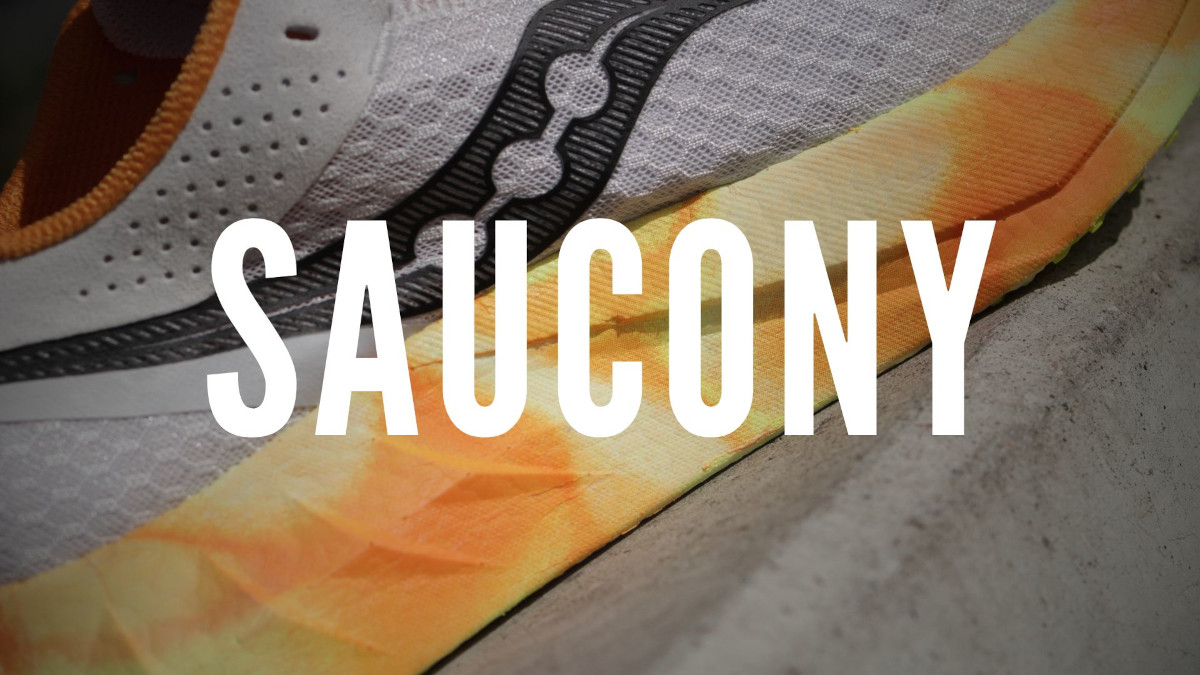Why is cushioning so important in running shoes? Does it really prevent injuries, or is it just a marketing ploy? In this article, we address these questions by explaining what cushioning is, how it works, and who it can help. If you’ve ever wondered whether softer shoes are always better, this article is for you.
Why Is Cushioning in Running Shoes So Important?
The most important things are our feet and our running technique. In an ideal world, our feet would function naturally without shoes. When running, we would land first on the front part of our foot, and only as a last resort would we land on the entire length of our foot. Why? Because our feet are designed for this type of movement. Only when we land on the front part of our foot does our entire limb act as a natural shock absorber. Then, our toes, foot, calf, thigh, and hip work together like a spring, allowing us to land softly. This also allows us to take a soft, comfortable step.
Unfortunately, the ideal world does not exist, and most of us use our feet for purposes other than those for which they were designed. First, feet were not designed to run for hours on hard, even surfaces. Second, wearing shoes has made us lazy. Every day, whether walking or running, we put our feet down using our heels. The heel itself does not provide cushioning. If you don’t believe me, try jumping first on your toes and then on your heels. Just a few jumps. When running, you do thousands of these jumps. Some time ago, I presented the numbers: During a 10-kilometer run, your feet carry a total cumulative weight ranging from 900 to 1,500 tons. If you land on your heel, those tons are “driven” into your joints and bones.

Yes, you can improve your running technique and learn to avoid landing so heavily on your heels. It takes time, regular practice, and commitment, but… Even if you have a very good or even perfect running technique, over time and with fatigue, you will have an increasing tendency to strike the ground with your heels. This brings us back to the question, “Why do running shoes need cushioning?” They are designed to protect the heel.
If your technique and body structure don’t provide cushioning and heel protection, your shoes must. The harder you land on your heel, the more important cushioning is for you. For most amateur runners who do not have perfect technique, shoes with the right level of cushioning are the best solution. They are certainly the most comfortable. But are they the safest?

Is Cushioning the Key to Injury Prevention?
Unfortunately, cushioning does not prevent injuries. The more cushioning a shoe has does not necessarily mean the lower the risk of injury. Shoes with the most cushioning do not make you less likely to get injured than shoes with “only” very good cushioning. Shoes with “only” very good cushioning are not safer than shoes with good cushioning. However, running shoes with cushioning will definitely be better than random shoes without any cushioning. This is especially true if you weigh more than the average runner.
Injuries have many causes unrelated to the level of cushioning. These can be various types of overload resulting from uneven loading or tissue tension during running. They may also be caused by asymmetry, such as having one leg slightly longer, uneven ranges of motion in symmetrical joints, or a rotated pelvis. These “ailments” may not bother you daily, but the overload that occurs during running can lead to problems.
Often, switching to “better cushioned” shoes does not help. If something hurts, it’s a sign that something is wrong. If the pain does not go away after taking a break from training, it would be best to find the cause. It’s worth consulting a specialist, such as a physiotherapist or sports orthopedist. In the long run, it’s important to remember to do additional exercises, stretching, rolling, and running strength training, as well as vary your training.

Cushioning Doesn’t Always Help…
Cushioning often has the opposite effect. Very high cushioning can mask technical deficiencies. A very soft midsole means you won’t feel how hard your foot hits the ground. Whether the impact is hard or extremely hard doesn’t matter. Your foot hits the ground however it feels most comfortable at that moment, not necessarily how it should. If you don’t have any movement problems, then everything is fine.
However, if you have poor running form, excessive cushioning can make your movement apparatus lazy, exacerbating existing problems. Too much cushioning can cause you to land harder on your heel. You may be more likely to place your foot in front of your center of gravity rather than under it. Finally, it can cause you to “bounce” excessively with each step. You won’t notice the difference daily, but if you have an issue, the cushioning will mask it so effectively that your problem will only worsen. Until finally… Oops!
Final Thoughts
As you can see, the reason for the cushioning in running shoes is clear: to protect the heel, which has no natural cushioning. For most people, this will allow them to run comfortably, even if they have certain technical deficiencies. However, they are not a remedy for injury. While injuries can result from choosing shoes without cushioning, they have at least a billion other causes.




